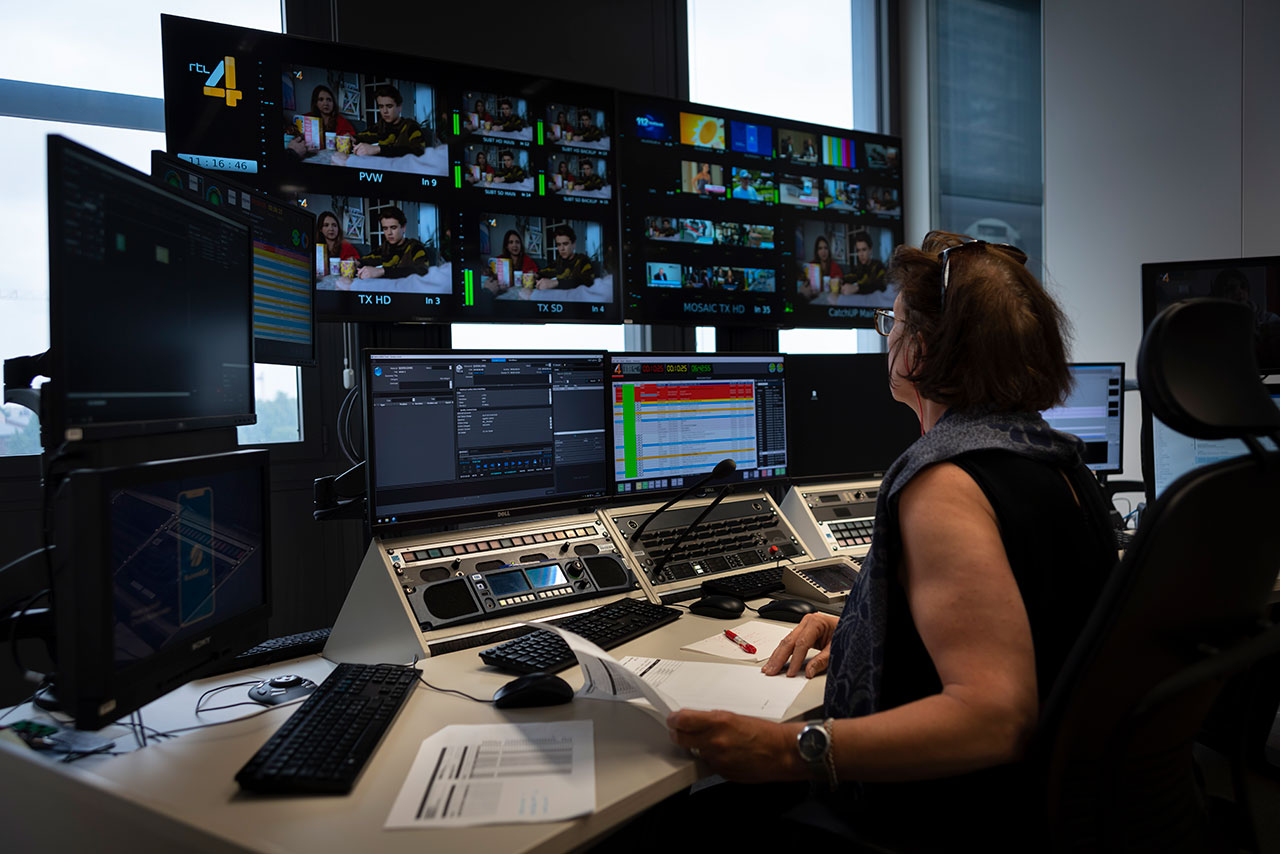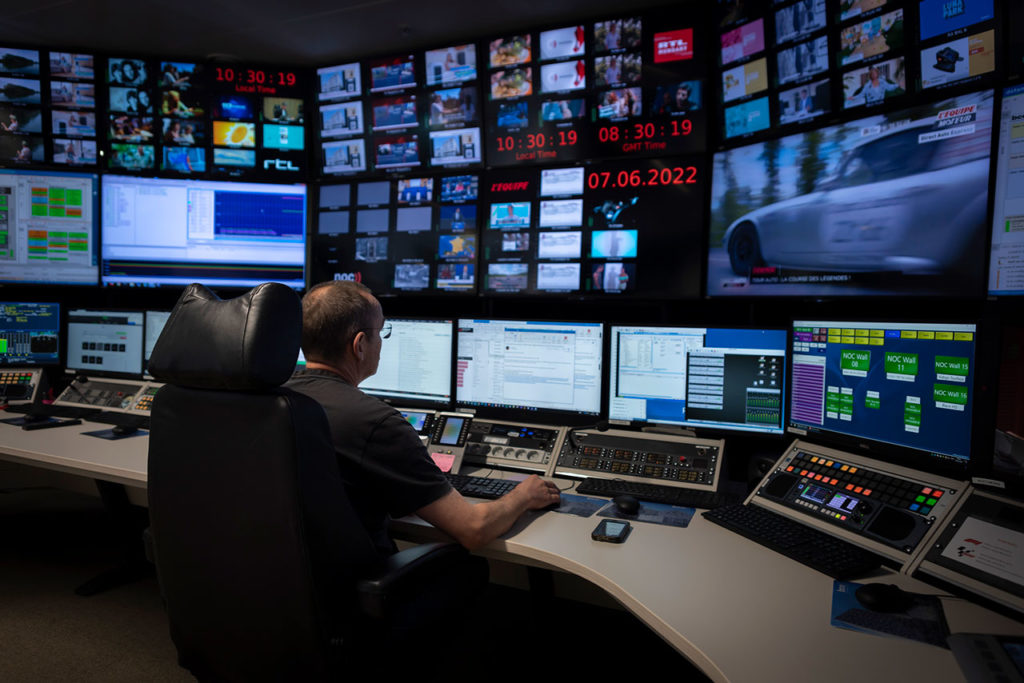The Fast Channel Era



Today, the non-linear and linear broadcasting worlds become complementary, but must gain flexibility to be able to respond quickly to a constantly evolving demand. BCE explains how it has been able to predict these developments by finding the smart balance between technology and services.
In November 2020, Netflix France surprised the media world by launching Netflix Direct, a real-time streaming service with a schedule of programs common to all viewers: in clear, a television channel. While at the same time, classic television channels were launching their own VOD portals to compete with the online platform.
Today, the non-linear and linear broadcasting worlds become complementary, but must gain flexibility to be able to respond quickly to a constantly evolving demand.
After addressing content management and the importance of live in the video world, BCE explains how it has been able to predict these developments by finding the smart balance between technology and services.

Multiplayout control room at BCE
Broadcaster and integrator since its creation, BCE has always worked hand in hand with television channels, broadcasters, and more recently with online content platforms. This position allows the company to understand but also to predict the needs of its customers.
To do so, BCE moved forward a 100% IP workflow, from production and digital media operations to broadcasting. This technological choice gives the company the opportunity to be much more responsive to the demands of its customers and thus significantly reduce the time it takes to get a new channel up and running.
“With the creation of the “Start and Play” cloud playout solution, we offer our customers to continue to benefit from our broadcast-grade services and state-of-the-art infrastructure while gaining flexibility, whether for the operation of the system or for the management of the channel that can be done from anywhere, ” explains Frederic Lemaire, Chief Operating Officer at BCE.

Dedicated playout control room at BCE
Indeed, the Start and Play solution is in BCE’s cloud and allows you to broadcast a channel in HD (High Definition) or 4K. The users access the channel management system via a regular web browser allowing them to manage the program playlists, insert logos, RSS feeds and other graphics as well as store video files directly in a cloud-based storage. Start and Play also makes it possible to broadcast the customer’s programs on social networks and generate the appropriate video formats for VOD platforms.
“The Start and Play solution fits perfectly into our customers’ international strategies. Indeed, in addition to being able to manage the channel remotely, they can also integrate several audio streams into their broadcasts and therefore adapt to the local needs of the targeted audience. A substantial advantage in an ever-changing market,” adds Steven Dehaen, Program Supervision and Playout Manager at BCE.
However, the move towards the FAST channels model, although perfectly integrated by BCE, is not its priority. In fact, channels are increasingly seeking flexibility and continuity.
As explained earlier, BCE, thanks to its IP workflow, can easily set up different playout platforms within its premises and interconnect them with BCE’s multiple services, such as monitoring, ingest, data storage, production, digital media operations, streaming, distribution, but also the integration of BCE solutions such as Holovox (remote voice-over), StudioTalk (automated production), ClipUp (automated promo versioning), TV Traffic, MediaCMS (Content management System), and much more.
A customer can therefore perfectly start with a FAST solution, then add new features and move forward to a more premium platform to enrich its offer. BCE thus becomes the technological partner of its customers and supports them in their growth with solutions and services adapted to their constantly evolving needs.
In terms of continuity, BCE’s Network Operations Centre (NOC) provides 24×7 monitoring services, allowing its clients to focus on their media activities and not on the technical aspects of their platforms.
“The NOC at BCE monitors our clients’ infrastructure in real-time, whether for systems in our premises or located remotely. Linked to a recovery platform, which could also be operated via the Start and Play solution, the NOC teams can switch to this system to ensure the continuity of the customer’s operations and therefore keep the viewers’ experience intact.” Explains Stéphanie Schaeffer, Sales Account Officer at BCE.

Network Operations Centre at BCE
“Cornerstone of the new broadcasting world, FAST channels offer an interesting evolution both in terms of media consumption, with the creation of multiple offers, and in terms of technology, with the provision of PaaS (Platform as a Service) systems for channels.” Explains Christophe Goossens, CEO of BCE. “But it is the plurality of services and solutions that will allow the market to evolve. With a complementarity of linear and non-linear and the possibility for new media players to build the platform that best suits their needs.” Concludes Christophe Goossens.